SpaceX is a private aerospace company that transports people and cargo into space, including NASA crews to the International Space Station (ISS). Founder Elon Musk also created and tested the Starship system to land on the Moon and carry people to Mars in the future.
The Birth of SpaceX
SpaceX was founded by Musk, a South African businessman. At age 30, Musk made his first big bucks selling two successful companies, including Zip2 for $307 million in 1999 and PayPal, which was acquired by eBay for $1.5 billion in 2002. Musk decided that his next big venture would be a private space company.
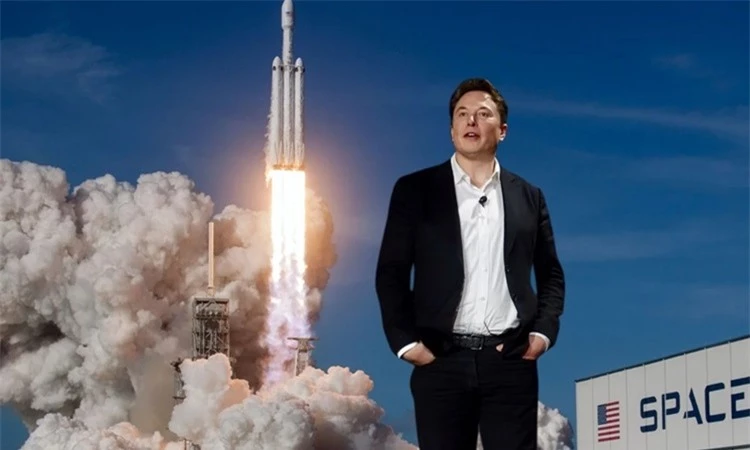
Musk initially came up with the idea of putting a greenhouse called Mars Oasis on the red planet. His goal was to raise public interest in space exploration and provide a scientific research station on Mars. But the cost was too high, so Musk instead founded a company called Space Exploration Technologies Corp., or SpaceX, in the Los Angeles, California, suburb of Hawthorne on March 14, 2002.
Musk spent a third of his previous $100 million profit on SpaceX to get it up and running. After 18 months of development, SpaceX introduced its first prototype in 2006 under the name Dragon. Musk chose the name from a 1960s song because many thought his space goals were impossible.
Falcon 1 - SpaceX's first rocket
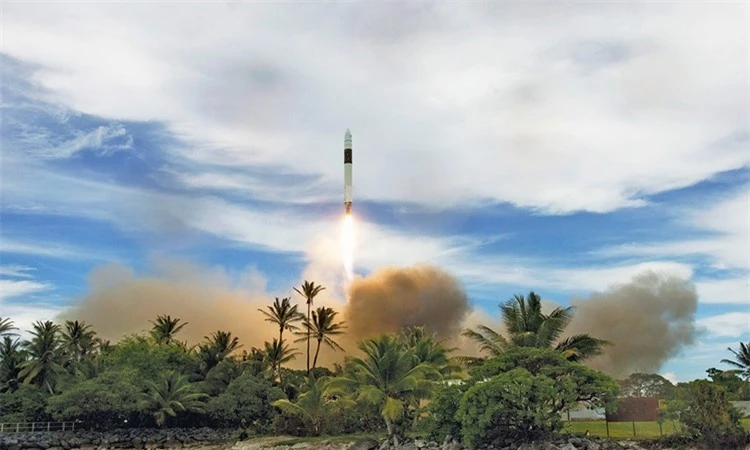
Musk was already a seasoned businessman when he founded SpaceX, and he was convinced that more frequent and reliable launches would reduce the cost of space exploration . So he found a stable customer who could fund the rocket’s early development: NASA. Musk’s goal for SpaceX was to develop the first privately owned liquid-fueled rocket capable of reaching orbit, called the Falcon 1.
The company had a rocky road to getting into orbit. It took SpaceX four attempts to successfully fly the Falcon 1. Previous attempts were plagued with problems like fuel leaks and collisions with the rocket stage. But the Falcon 1 eventually made two successful flights, on September 28, 2008, and July 14, 2009. The 2009 flight also carried Malaysia’s RazakSat satellite into orbit.
In 2006, SpaceX received $278 million from NASA under the Commercial Orbital Transportation Services (COTS) program. COTS aims to accelerate the development of systems that can deliver commercial cargo to the International Space Station. Completion of additional milestones brought the total contract value to $396 million. SpaceX was selected for the program along with Rocketplane Kistler (RpK), but RpK's contract was canceled and only partially paid after the company failed to meet required milestones.
Many companies participated in the early COTS program with or without funded contracts. In 2008, NASA awarded two additional commercial resupply contracts. SpaceX received a contract for 12 flights (worth $1.6 billion) while Orbital Sciences Corp (now Orbital ATK) received a contract for eight flights (worth $1.9 billion).
Falcon 9 and Falcon Heavy
The key name in SpaceX's rocket fleet is the Falcon 9, one of the many standout features of which is its reusability. The Falcon 9 carries more cargo to low Earth orbit (13,150 kg) than the Falcon 1 (670 kg).
The first Falcon 9 booster landed on December 21, 2015. SpaceX seeks to make booster recovery a routine operation. They typically land on robotic craft near the launch pad. Many Falcon 9 boosters are reused multiple times to reduce launch costs.
A more powerful rocket, the Falcon Heavy, launched on February 6, 2018, completing nearly all of its milestones. The Falcon Heavy successfully reached orbit, carrying a Tesla Roadster (an electric car made by Tesla, another Musk company) and a spacesuit-wearing mannequin nicknamed Starman.
The two boosters landed successfully near Kennedy Space Center as planned, but the core stage hit the ocean at 300 mph (480 km/h) too fast and could not survive the impact. The Falcon Heavy then performed an engine fire in space, sending the Roadster as far as Mars orbit.
Dragon spacecraft and cargo missions to the ISS
The next major milestone for SpaceX was delivering cargo to the ISS. The Dragon spacecraft launched on a Falcon 9 rocket, delivering its first cargo to the ISS in May 2012 as a test flight for the COTS program. The launch was delayed for several days due to engine problems, but the rocket flew safely on the next attempt.
SpaceX completed its first commercial flight to the ISS in October 2012. That flight met most of its objectives, but the rocket suffered a partial failure during launch. The incident ended with the Orbcomm-OG2 satellite getting stuck in an unusually low orbit, leading to mission failure.
The first version of the Dragon spacecraft made 20 flights to the ISS in 2020, all except CRS-7 (launched in June 2015) successfully arriving. CRS-7 was lost due to a rocket malfunction, and SpaceX redesigned the rocket before its next successful launch on April 8, 2016. A new version of the Dragon cargo spacecraft began flying in December 2020.
Crew Dragon spacecraft and human flight to ISS
SpaceX developed several prototypes before launching Crew Dragon into space. The company conducted pad abort testing and tethered hover testing at the SpaceX Rocket Development and Test Facility in McGregor, Texas.
SpaceX also used the pressurized module and the life support and environmental control system module to test key systems before launching into space. The first Crew Dragon to launch completed Crew Demo-1, an unmanned mission to the ISS, on March 2, 2019, and landed successfully after eight days in space. The spacecraft was unexpectedly destroyed mid-flight during a series of tests to evaluate the launch abort system.
SpaceX launched its first human test flight, Demo-2, on March 30, 2020, carrying astronauts Bob Behnken and Doug Hurley to the ISS. On SpaceX's Crew Dragon Endeavour, the pair returned to Earth on August 2, 2020. On November 15, 2020, the first successful operational flight, Crew-2, used a Falcon 9 rocket to launch four astronauts to the ISS on the Crew Dragon, nicknamed "Resilience."
Starship
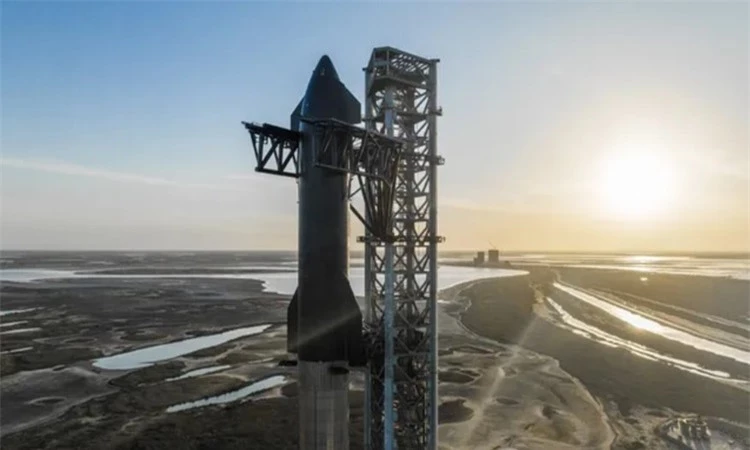
Starship is at the heart of Musk’s plan to fly to Mars. The test program began with a small vehicle called Starhopper, which performed a series of tethered and untethered test flights in 2019 and 2020. SpaceX then began testing a series of Starship vehicles on high-altitude flights, starting with a short flight test of the SN5 prototype in August 2020. One of the program’s biggest challenges was handling mid-air flips, which led to the destruction of several Starship prototypes before SN15 landed safely on May 5, 2021.
Starship is designed to launch into orbit and deep space aboard a 70-meter-tall Super Heavy rocket carrying about 3.6 tons of liquid oxygen and methane in its fuel tank. Super Heavy has four lattice-like fins that help control the descent of the rocket. The Starship and Super Heavy duo form a 120-meter-tall, fully reusable launch system when first stacked together in August 2021.
Starship launched for the first time in April 2023. According to the plan, Starship would separate in about 3 minutes and continue flying on its own engine, then land off the coast of Hawaii after 1.5 hours. However, not long after separating from the booster, an explosion occurred. Since this mission, SpaceX has made more than 1,000 changes to the rocket design, including changes to the stage separation system.
The second launch took place in November 2023. This time, the separation process went perfectly, and Starship flew to an altitude of 150 km. While firing the second stage engine, Starship released too much liquid oxygen, leading to an explosion. On the third flight on March 14, SpaceX's Starship tested many maneuvers in orbit for the first time for an hour but was destroyed during re-entry. On the fourth flight on June 6, Starship passed many important milestones in the test flight, including the Starship capsule remaining intact after experiencing extreme temperatures in the Earth's atmosphere, and both the capsule and booster landed safely.
During its fifth test flight on the morning of October 13, the Super Heavy rocket released Starship on its way into space, then fell back to Earth. For the first time, a pair of giant mechanical wands at SpaceX’s Texas launch pad caught the falling rocket, an unprecedented feat in rocket technology. This brought SpaceX closer to its goal of building the first fully reusable rocket system in history, dramatically reducing the cost of space travel and eventually making humanity a multi-planet species. Having proven that both Starship and the Super Heavy rocket can launch into space and return to Earth intact, the company is on track to achieve its goal of making rocket launches an estimated 10 times cheaper.
SpaceX's future plans
SpaceX has a diverse client base, from the private sector to the military to non- governmental organizations willing to pay to have the company deliver cargo into orbit. While it makes money from launch services, the company is also focused on developing future space exploration technology.
In 2016, Musk announced a technical plan to fly to Mars, aiming to create a self-sufficient colony on the red planet in the next 50-100 years. The interplanetary transport system is essentially a larger version of the Falcon 9. However, the spacecraft is larger than the Dragon spacecraft, which is expected to carry at least 100 passengers per flight.
Starship continues to figure prominently in Musk’s plans to colonize Mars. In February 2022, Musk said SpaceX could launch a Starship vehicle every six to eight hours and a Super Heavy rocket every hour on missions carrying up to 150 tons of cargo into orbit. Such high launch rates would dramatically reduce costs, making colonization on Mars more economically feasible.
According to Intellectual Property and Innovation
Source: https://doanhnghiepvn.vn/cong-nghe/spacex-va-hanh-trinh-elon-musk-chinh-phuc-vu-tru/20241020122448943




![[Photo] Hanoi morning of October 1: Prolonged flooding, people wade to work](https://vphoto.vietnam.vn/thumb/1200x675/vietnam/resource/IMAGE/2025/10/1/189be28938e3493fa26b2938efa2059e)



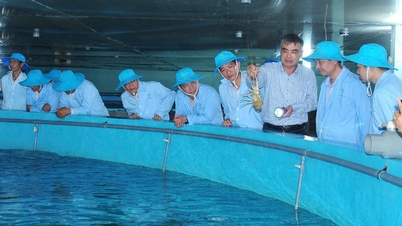





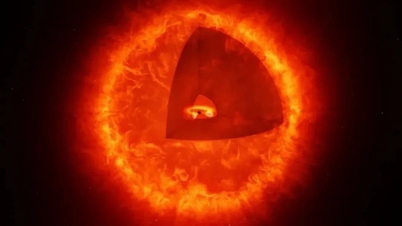



![[Video] Warning of high-tech criminals appropriating assets from cyber security incidents at CIC](https://vphoto.vietnam.vn/thumb/402x226/vietnam/resource/IMAGE/2025/10/1/9e967e621dc240bfbb70e926d503a177)

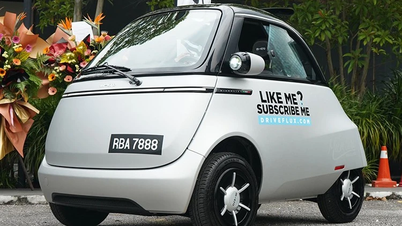



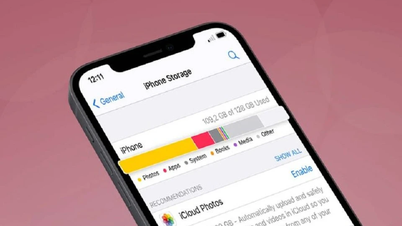
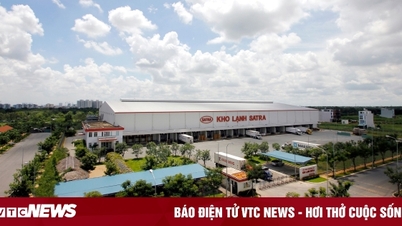

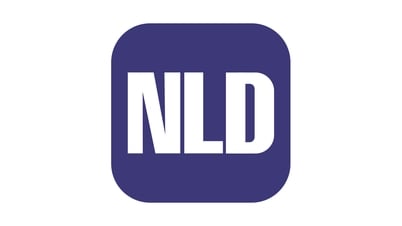








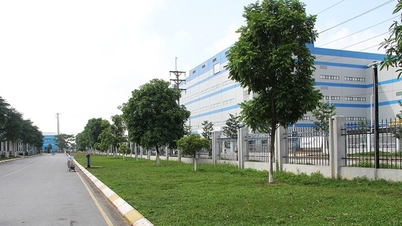


![[Photo] The 1st Congress of Phu Tho Provincial Party Committee, term 2025-2030](https://vphoto.vietnam.vn/thumb/1200x675/vietnam/resource/IMAGE/2025/9/30/1507da06216649bba8a1ce6251816820)
![[Photo] President Luong Cuong receives President of the Cuban National Assembly Esteban Lazo Hernandez](https://vphoto.vietnam.vn/thumb/1200x675/vietnam/resource/IMAGE/2025/9/30/4d38932911c24f6ea1936252bd5427fa)
![[Photo] Panorama of the cable-stayed bridge, the final bottleneck of the Ben Luc-Long Thanh expressway](https://vphoto.vietnam.vn/thumb/1200x675/vietnam/resource/IMAGE/2025/9/30/391fdf21025541d6b2f092e49a17243f)










































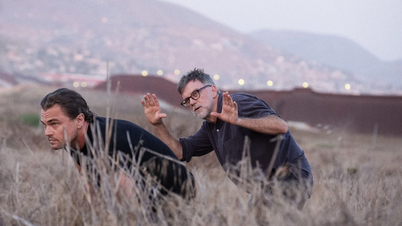
















Comment (0)